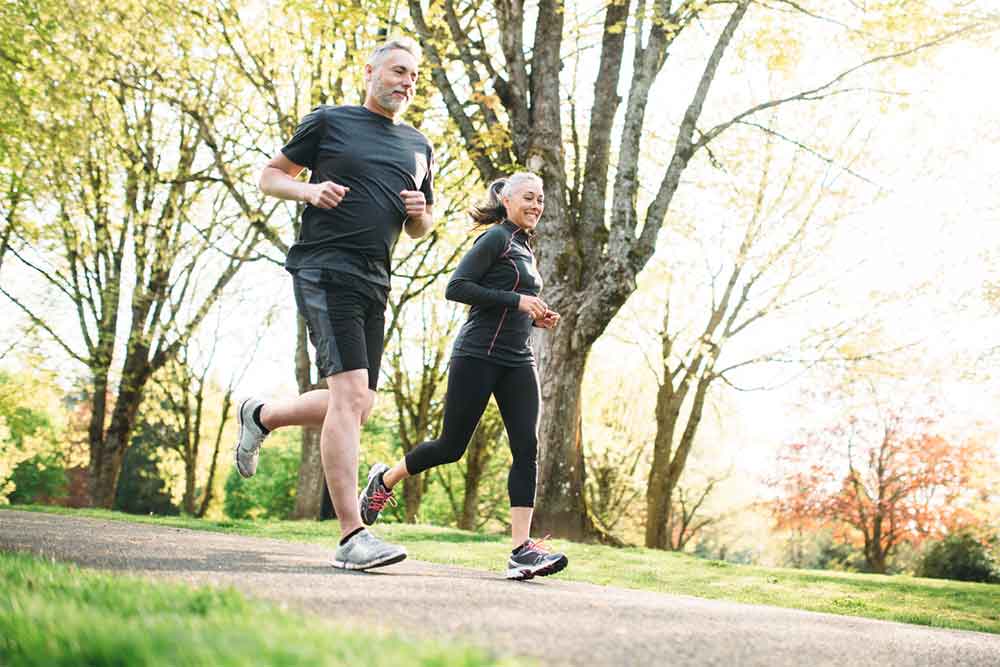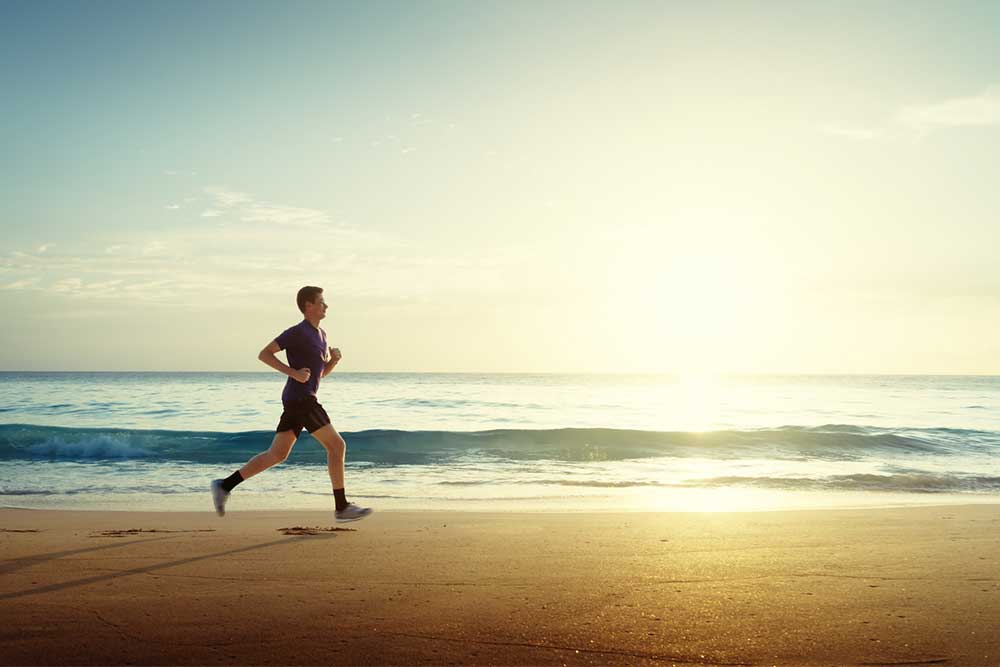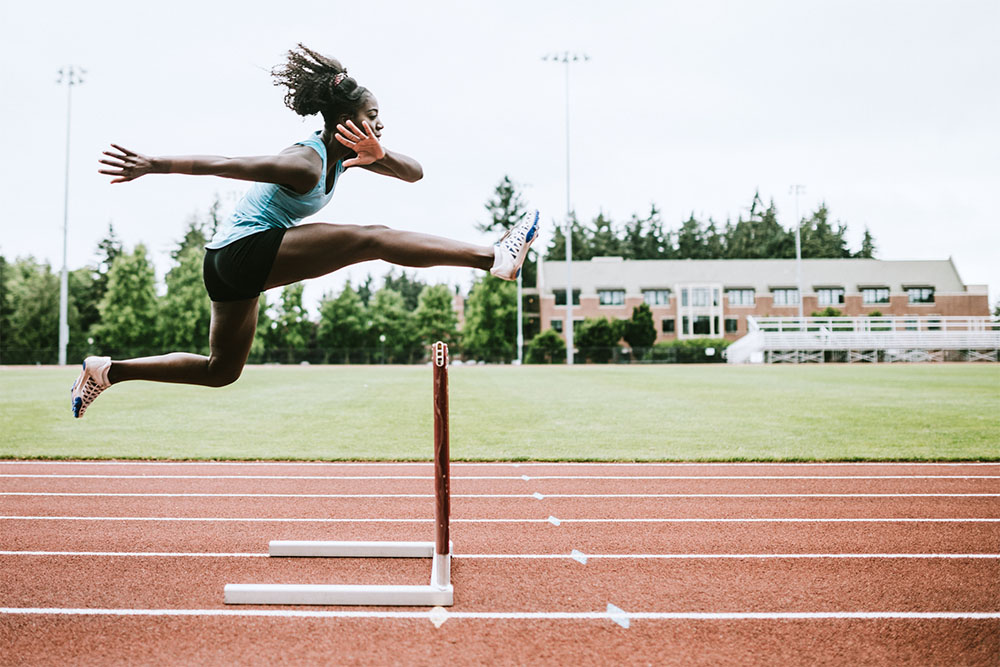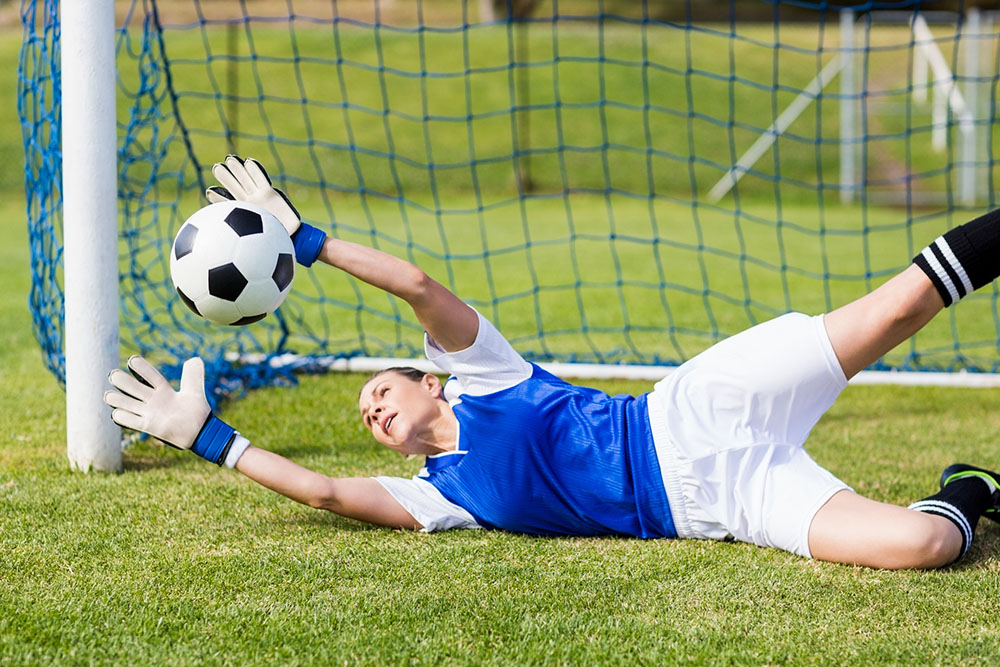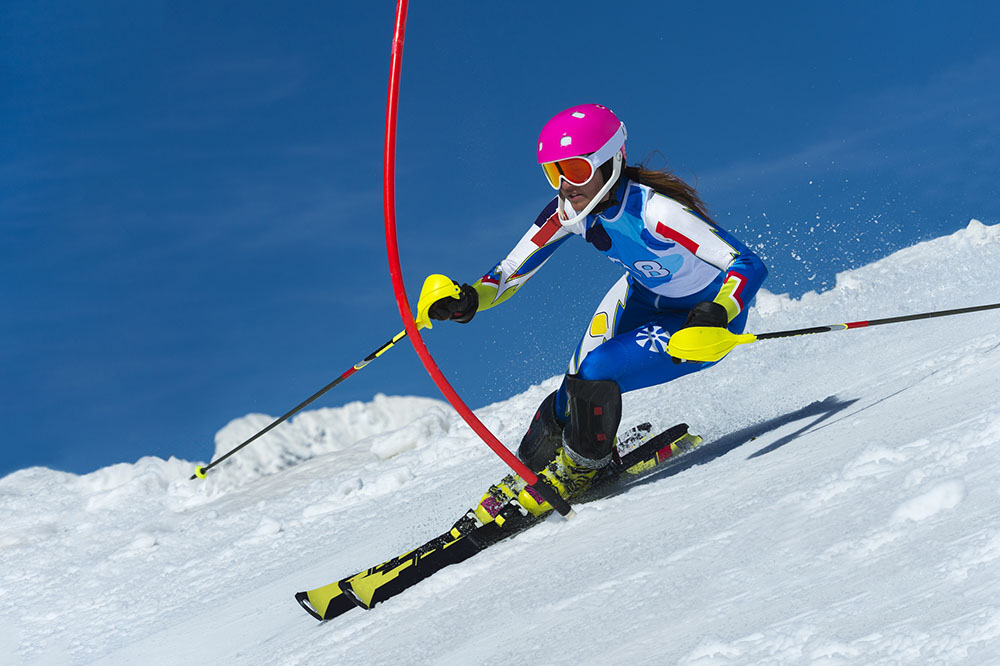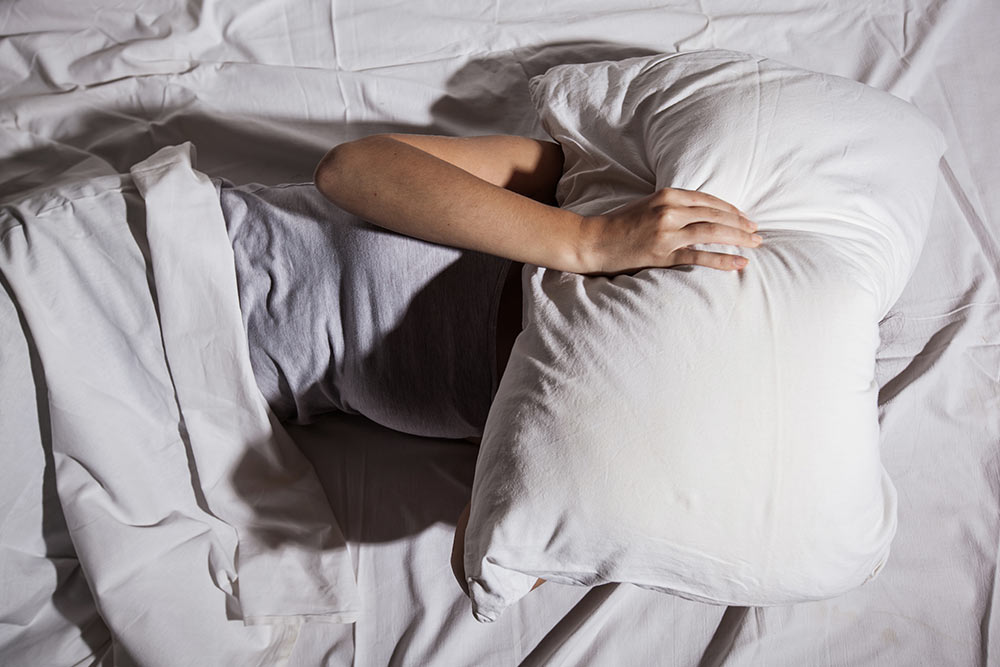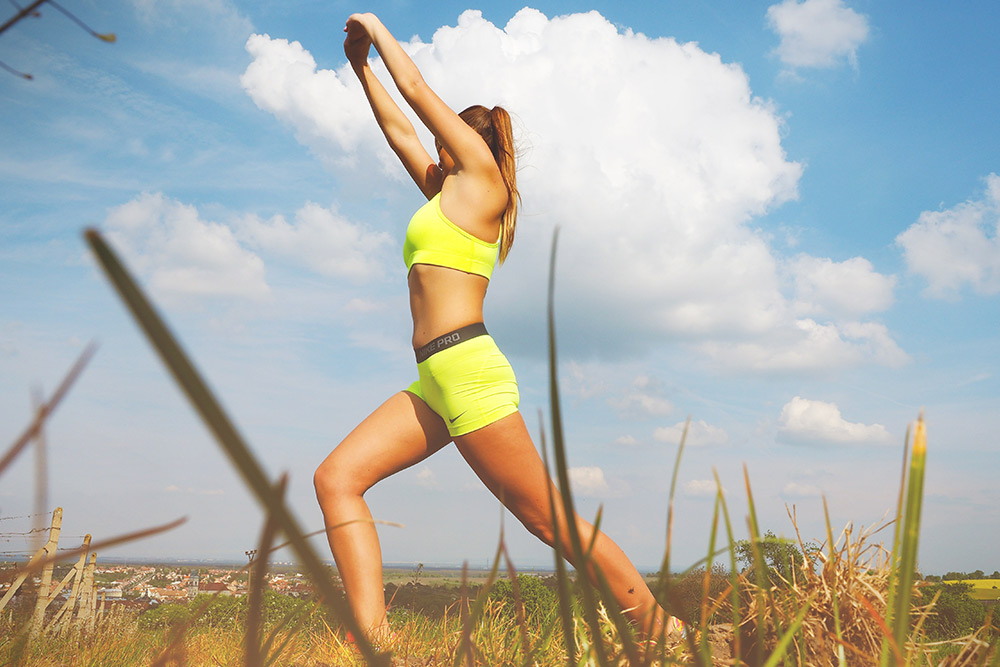15 Minutes Of Soccer Can Improve Bone Health
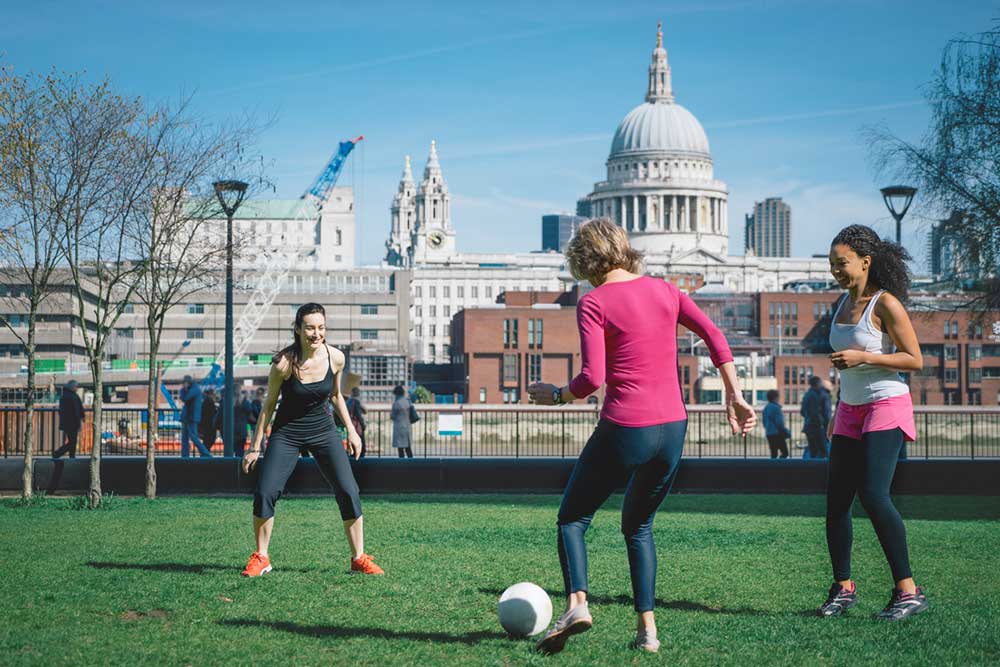
Sara Thompson – M.Sc. in Exercise Science
In my last article I discussed the novel use of resistance training with high impact loading to increase bone mass, bone strength and decrease the risk of falls in postmenopausal women with low bone mass (Watson et al., 2015).
In the preliminary results of this trial, researchers observed increased bone mass and improved functional performance following 8 months of high impact loading exercise compared to women who performed a low-intensity program. This is particularly exciting as it suggests individuals with osteoporosis might be able to stimulate bone production through exercise that was previously regarded as too dangerous for them.
Related Article: New Exercise Recommendations For Osteoporosis
Soccer
 Peter Krustrup and his colleagues in Denmark have demonstrated how soccer can improve countless markers of fitness and health in various populations from young children to older adults. I’ve written about his “Football Fitness” programs in a previous FTG article.
Peter Krustrup and his colleagues in Denmark have demonstrated how soccer can improve countless markers of fitness and health in various populations from young children to older adults. I’ve written about his “Football Fitness” programs in a previous FTG article.
In addition to improvements in cardiovascular, musculoskeletal, and metabolic health such as improved aerobic capacity, increased strength, and decreased blood glucose, soccer is also a high-load exercise.
Indeed, Krustrup and colleagues have previously reported increased bone mineral density in premenopausal women after 14-15 weeks of soccer training (Helge et al., 2010). The researchers speculate that soccer is particularly beneficial for bone formation due to the high mechanical force applied on the bone due to constant acceleration, deceleration, sprinting and jumping that occurs throughout the game.
However, it is unknown if there is a minimum intensity or duration that is required for this bone formation to occur.
Related Article: Exercise As A Stimulus For Bone Health
The Study
Therefore, in a recent study, Krustrup and colleagues aimed to compare the acute effects of different length soccer games to test this question (Bowtell et al., 2016). As an additional comparison, the researchers also measured the acute effects of whole body vibration, which has been shown to increase born formation due to passive mechanical loading brought about through a vibrating platform (Gusi et al., 2006). This technique has generally been recommended for individuals who might not be able to perform strenuous fast-paced activities such as soccer.
Fifty-six premenopausal women (mean age 38.1 ± 5.4 years) were randomly allocated to three groups:
-
Short duration soccer
-
Longer duration soccer
-
Whole body vibration
The short duration soccer consisted of one 13.5-minute soccer game, while the longer duration soccer consisted of four 13.5-minute sessions, separated by 1.5 minutes of recovery. The participants in the whole body vibration group performed whole body exercises (static squat, dynamic squat, pelvic tilt, back extension and flexion) on a vibrating platform for 13.5 minutes.
Related Article: The Power Plate – A Way To Power Your Workout
Observations
Krustrup and colleagues observed increases in osteoclacin and N-terminal propeptide type I procollagen (P1NP), plasma markers of bone formation following the acute bouts of soccer. Most interestingly, there were no differences in magnitude of markers of bone formation between the short and longer duration soccer groups.
This suggests that even a 15-minute game of soccer provides enough mechanical loading to elicit a hormonal response for bone formation. If short duration soccer is a regular occurrence, this acute hormonal response can lead to chronic bone formation and increase in bone mineral density.
Whole body vibration showed a marked increase in osteoclacin but not P1NP, suggesting soccer is superior to whole body vibration in stimulating bone formation. The researchers speculate that this could be due to the unpredictable directions and magnitudes of load put on bone during a game of soccer, which cannot be mimicked by whole body vibration. Not to mention, whole body vibration is a passive activity so does not provide the additive cardiovascular and metabolic benefits that soccer does.
Takeaway
With the development of new exercise programs such as high load resistance exercise (Watson et al., 2015), exercise prescription for the osteoporotic population could be changing.
Soccer, even as short a duration as 15 minutes, is a high load activity that has shown to increase acute markers of bone formation in premenopausal women (Bowtell et al., 2016).
The next step for Krustrup might be to have postmenopausal women give soccer a try!
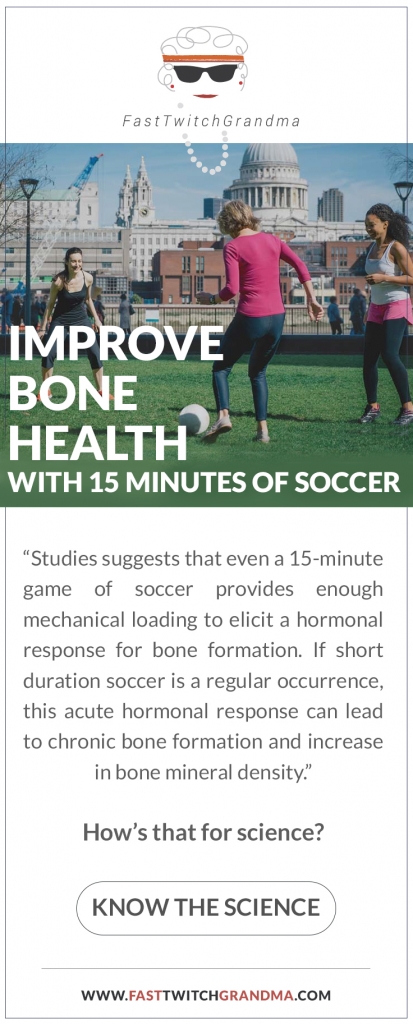
Related Article: Muscle Strength And It’s Relationship To Bone Health
References
Watson, S. L., Weeks, B. K., Weis, L. J., Horan, S. A., & Beck, B. R. (2015). Heavy resistance training is safe and improves bone, function, and stature in postmenopausal women with low to very low bone mass: novel early findings from the LIFTMOR trial. Osteoporosis International, 26(12), 2889-2894.
Helge, E. W., Aagaard, P., Jakobsen, M. D., Sundstrup, E., Randers, M. B., Karlsson, M. K., & Krustrup, P. (2010). Recreational football training decreases risk factors for bone fractures in untrained premenopausal women. Scandinavian Journal of Medicine & Science in Sports, 20, 31-39.
Bowtell, J. L., Jackman, S. R., Scott, S., Connolly, L. J., Mohr, M., Ermidis, G., et al. (2016). Short Duration Small Sided Football and to a Lesser Extent Whole Body Vibration Exercise Induce Acute Changes in Markers of Bone Turnover. Biomed Research International. 2016, 3574258.
Gusi N., Raimundo A., & Leal A. (2006). Low-frequency vibratory exercise reduces the risk of bone fracture more than walking: a randomized controlled trial. BMC Musculoskeletal Disorders, 7(92).
You Might Like:





